 My favorite place to stop on a paddle trip down the James River is the area around the James River Railway Bridge.
My favorite place to stop on a paddle trip down the James River is the area around the James River Railway Bridge.
The bridge, also known as the Atlantic Coast Line Railway Bridge or Belt Line Bridge, is located between the Boulevard Bridge and the Powhite Parkway. The areas east of the bridge on the south shores of the James are part of the Main Section of the James River Parks System. [See a slideshow]
People can see the bridge from many angles, but the best way to view this entire area of the James is from the many huge exposed granite boulders that surround the bridge. The feeling of solitude and serenity is a place surrounded by the sounds of commerce is a unique pleasure.
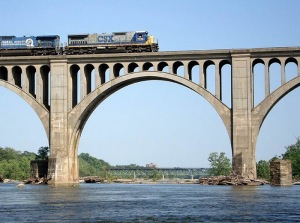 Listening to the roar of the river; watching birds soar above; catching glimpses of wildlife and looking for the perfect photo — contrasted by the train horn blasts and hum of diesel engines; the droning of the cars on the Powhite Parkway.
Listening to the roar of the river; watching birds soar above; catching glimpses of wildlife and looking for the perfect photo — contrasted by the train horn blasts and hum of diesel engines; the droning of the cars on the Powhite Parkway.
There are unofficial hiking trails from Riverside Drive, but parking is limited. Access to these areas includes crossing railroad tracks and the trails are not maintained for high traffic, so read the signs and proceed with caution. The northern portion of the area is accessed from trails that lead from North Bank Park and the bridge is in view from Pumphouse Park, though not accessible due to fenced-in CSX tracks.
Exploring in this area is a treat. There are many nooks and shallow pools of water to explore when the water is low. I fell in love with this area during a hike in late summer of 2007 when the water level was absurdly low. The rocks looked so unique, smooth and odd — a complete landscape change.
I now drive by this area almost every day on my commute to work on the Powhite or the Boulevard Bridge and longingly steal glances of the beautiful arches and the river. I’ve had many conversations with readers, friends and fellow James river lovers that feel the same way about the bridge.
 The remains of Grant’s Dam are nearby, and what’s left of that dam helped create the whitewater run known as Choo Choo Rapids. There is a nice beach right after the rapids and multiple places to stop for a food break or just to relax. These rapids can be run over and over again if you carry your kayak back up the rocks on either side.
The remains of Grant’s Dam are nearby, and what’s left of that dam helped create the whitewater run known as Choo Choo Rapids. There is a nice beach right after the rapids and multiple places to stop for a food break or just to relax. These rapids can be run over and over again if you carry your kayak back up the rocks on either side.
The Lower Arch of the Kanawha Canal isn’t much further along the north bank of the James, just below Pumphouse Park. The famed George Washington’s arch is there, though the entrance from the river is blocked.
There are two main islands just east of the James River Railway Bridge that have areas worthy of picnic spots as well. At times you might find a picnic table left on the southernmost island (Cedar Island) though on my last visit, it seemed to have been washed away.
 There are many 25-foot granite piers left from the previous railway bridge. A couple of them have ropes and ladders to allow for a climb to the top. Use your best judgement if you dare climb, but let me just say…the view is worth it.
There are many 25-foot granite piers left from the previous railway bridge. A couple of them have ropes and ladders to allow for a climb to the top. Use your best judgement if you dare climb, but let me just say…the view is worth it.
HISTORY: The railroad bridge was completed in 1919 for the Richmond, Fredericksburg and Potomac Railroad, and used by the RF&P and the Atlantic Coast Line, which are now part of CSX.
David D. Ryan wrote in The Falls of the James about the term “Falls of the James” and to what it refers:
Majestically arched stone and concrete Seaboard Coast Line Railway Bridge and the remains of the Richmond, Fredericksburg, and Potomac Railroad Bridge. The SCL Bridge was opened for rail traffic in 1919; the RF&P Bridge was constructed in 1891 and razed twenty-eight years later.
Remains of the RF&P bridge are still standing below the arches of the James River bridge. The James River Bridge project was among the earliest major projects to rely on poured concrete, Portland cement. Up to that point, railway bridges were made of heavy timbers, iron or stone. In the early 1900’s, concrete was introduced as a new material for bridge construction.
The purpose of the James River crossing was to provide a straight route through Richmond for passenger & perishables trains running between Florida and the Northeast.

 Richmonders just acquired one more great reason to love living in the River City: Dragon boat racing at Rocketts Landing.
Richmonders just acquired one more great reason to love living in the River City: Dragon boat racing at Rocketts Landing. The heat was a factor as shade was hard to come by Saturday, but the Richmond Sports Backers teamed up with several sponsors to bring the first Dragon Boat Festival to the James River. It was a charity event for the Virginia Breast Cancer Foundation.
The heat was a factor as shade was hard to come by Saturday, but the Richmond Sports Backers teamed up with several sponsors to bring the first Dragon Boat Festival to the James River. It was a charity event for the Virginia Breast Cancer Foundation. Teams were guaranteed three races and had plenty of time to relax and socialize in between heats. Several teams held organized cheers and calisthenics — obvious attempts to intimidate any challengers. I didn’t participate, but had many friends on a few teams. If it comes back next year, I will certainly find a team to join and do my best.
Teams were guaranteed three races and had plenty of time to relax and socialize in between heats. Several teams held organized cheers and calisthenics — obvious attempts to intimidate any challengers. I didn’t participate, but had many friends on a few teams. If it comes back next year, I will certainly find a team to join and do my best. My kids enjoyed watching some of the dance teams, tai chi and karate exhibitions and explored the surroundings a little.
My kids enjoyed watching some of the dance teams, tai chi and karate exhibitions and explored the surroundings a little.







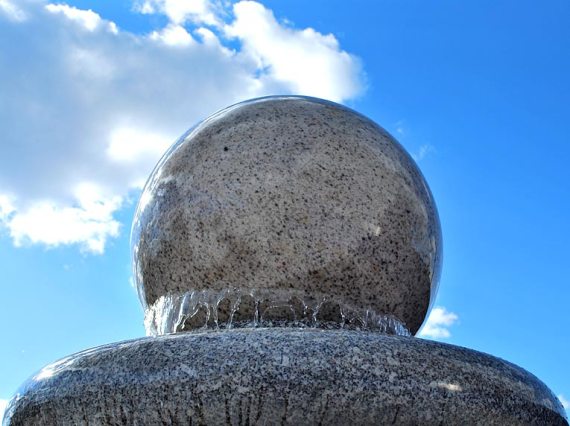











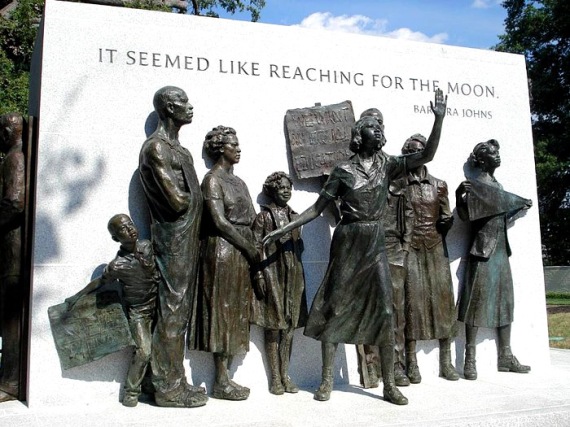
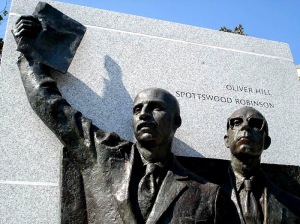

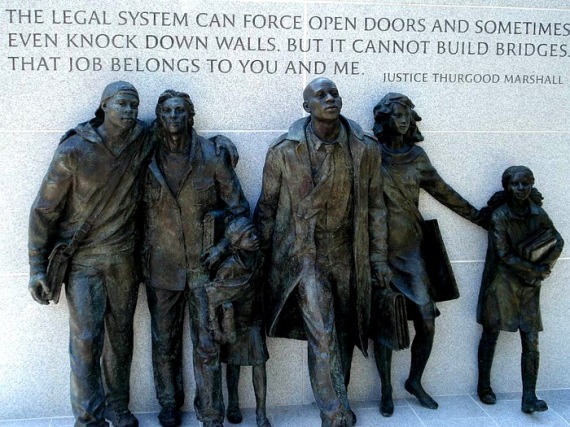
Comments & trackbacks